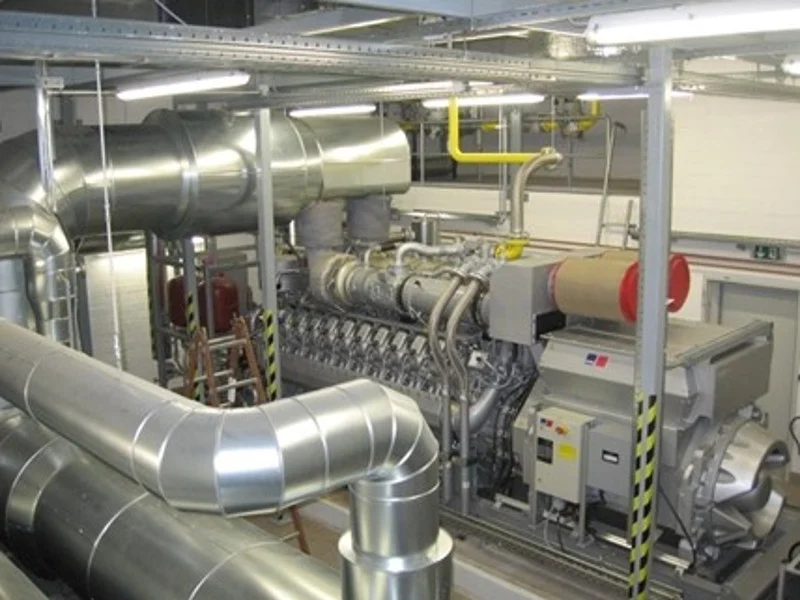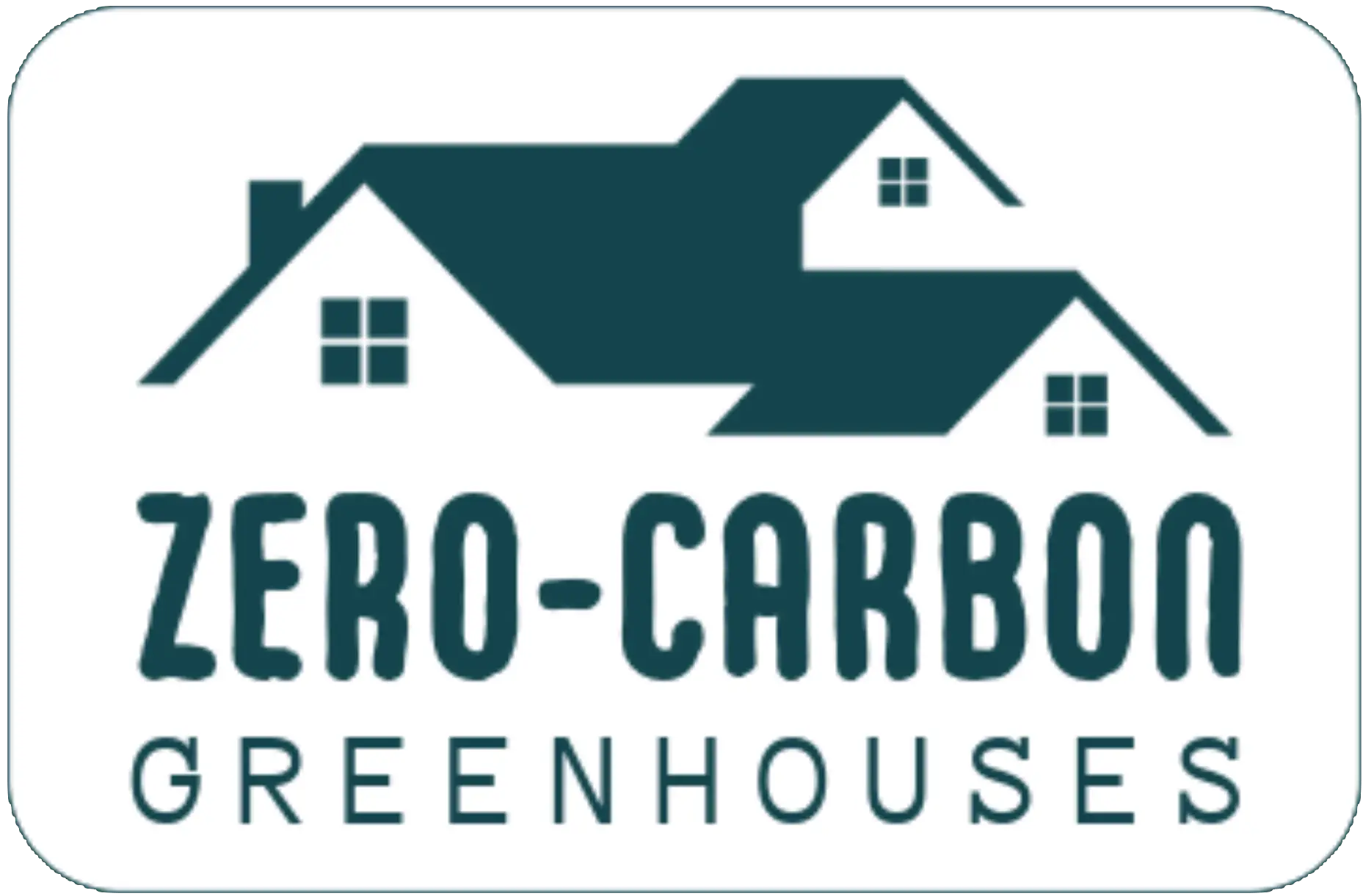Preliminary energy audit
Includes the implementation of a preliminary report regarding energy consumption and carbon emissions due to energy use. Energy consumption per sector. Heat and electricity consumption. Comparison of specific energy consumption with energy consumption in other greenhouses. Outline of an energy management plan.
Decrease of energy consumption
Includes the proposal of methods for reducing energy consumption in the greenhouse with approximate cost evaluation. Investigation of different scenarios regarding energy savings.
Reduction of carbon emissions
Includes the proposal of several methods for reducing carbon emissions using various technologies in the greenhouse with approximate cost evaluation. Examination of different scenarios regarding energy and carbon emissions savings with various technologies combined with evaluation of each technology.
Why agricultural greenhouses should Zero their Net-Carbon Emissions?
Agricultural greenhouses should minimize or zero their net-carbon emissions due to energy use for many reasons including:


Zeroing net-carbon emissions,
due to energy use in agricultural greenhouses is technically feasible and economically viable. The required energy saving technologies as well as many low or zero-carbon emission technologies are mature, reliable, well-proven and cost-effective. The existing legal framework in many countries favors the de-carbonization of existing agricultural greenhouses while there are many financial instruments and mechanisms allowing the funding of the necessary sustainable energy investments. There are also several carbon offsetting schemes allowing to offset any remaining carbon emissions in them achieving carbon neutrality.
Tips for greenhouses to achieve carbon neutrality
1. Replace the machinery and devices which use oil or gas with others using electricity.
2. Promote energy saving.
3. Generate heat and electricity on-site or off-site using renewable fuels instead of using oil-based fuels and grid electricity.
4. Purchase electricity from green energy providers or participate in an energy cooperative/community generating green energy.
5. Offset any remaining carbon emissions with the existing offsetting mechanisms.
6. Promote green transportation of the produced products and among the staff.
Energy demand,
in agricultural greenhousesis high compared with other types of rural production systems. They utilize mainly fossil fuels and grid electricity in their daily operations while the use of renewable energies in heat and electricity generation is very low.


Climate change,
consists of the most important environmental problem worldwide causing many environmental and economic disasters in poor, developing and developed countries. Mitigation of climate change requires the replacement of fossil fuels used in energy generation with green carbon-free electricity and fuels. European Union as well as many other countries have decided to zero their net-carbon emissions, due to energy use, by 2050.
From Our Blog
CARBON EMISSIONS IN SEVERAL COUNTRIES
Carbon emissions in several countries Carbon emissions in several countries Carbon emissions in various regions in Gt CO2 per year (2022) Country/RegionAnnual CO2 emissions (Gt CO2)%, of global emissionsChina12.1032.22USA4.7012.52European Union2.707.20India2.707.20Japan1.101.1World37.55100 Carbon emissions per capita in various regions (tons CO2 per capita in 2023) Country/RegionAnnual carbon emissions per capita (tons CO2)China8.9USA13.3European Union5.4India2.0Japan8.1
USE OF BIOGAS FOR COVERING THE ENERGY NEEDS IN AGRICULTURAL GREENHOUSES
USE OF BIOGAS FOR COVERING THE ENERGY NEEDS IN AGRICULTURAL GREENHOUSES Biogas, a versatile fuel produced from organic waste, offers a promising solution for powering agricultural greenhouses. Biogas Production and Composition Biogas is generated through the anaerobic digestion of organic materials such as crop residues, animal manure, and food waste. This natural process breaks down…
USE OF FUEL CELLS FOR CO-GENERATION OF HEAT AND POWER IN AGRICULTURAL GREENHOUSES
USE OF FUEL CELLS FOR CO-GENERATION OF HEAT AND POWER IN AGRICULTURAL GREENHOUSES The integration of fuel cells in agricultural greenhouses offers a sustainable alternative, revolutionizing their operations while mitigating environmental impact.\ Fuel Cells in Greenhouse Operations Fuel cells are electrochemical devices that convert chemical energy directly into electricity and heat through the reaction of…
REUSE OF INDUSTRIAL WASTE HEAT FOR HEATING AGRICULTURAL GREENHOUSES
REUSE OF INDUSTRIAL WASTE HEAT FOR HEATING AGRICULTURAL GREENHOUSES Industries often generate copious amounts of heat as a byproduct of their operations, which is typically discarded as waste. However, this rejected heat presents a valuable opportunity for repurposing, particularly in the realm of greenhouse agriculture. Harnessing this heat can not only mitigate environmental impact but…
USE OF WIND POWER IN AGRICULTURAL GREENHOUSES
USE OF WIND POWER IN AGRICULTURAL GREENHOUSES The integration of renewable energy sources in agricultural practices has gained significant attention in recent years due to the growing need for sustainable farming methods. Among these sources, wind energy stands out as a promising solution for powering agricultural greenhouses. The challenges related with the use of wind…
USE OF SOLAR THERMAL SYSTEMS FOR HEATING AGRICULTURAL GREENHOUSES
USE OF SOLAR THERMAL SYSTEMS FOR HEATING AGRICULTURAL GREENHOUSES The use of solar thermal energy in greenhouses represents a strategic and eco-friendly approach to enhance agricultural productivity while minimizing environmental footprints. As the global agricultural sector seeks sustainable practices, the integration of solar thermal systems offers a viable solution to energy needs in controlled farming…
